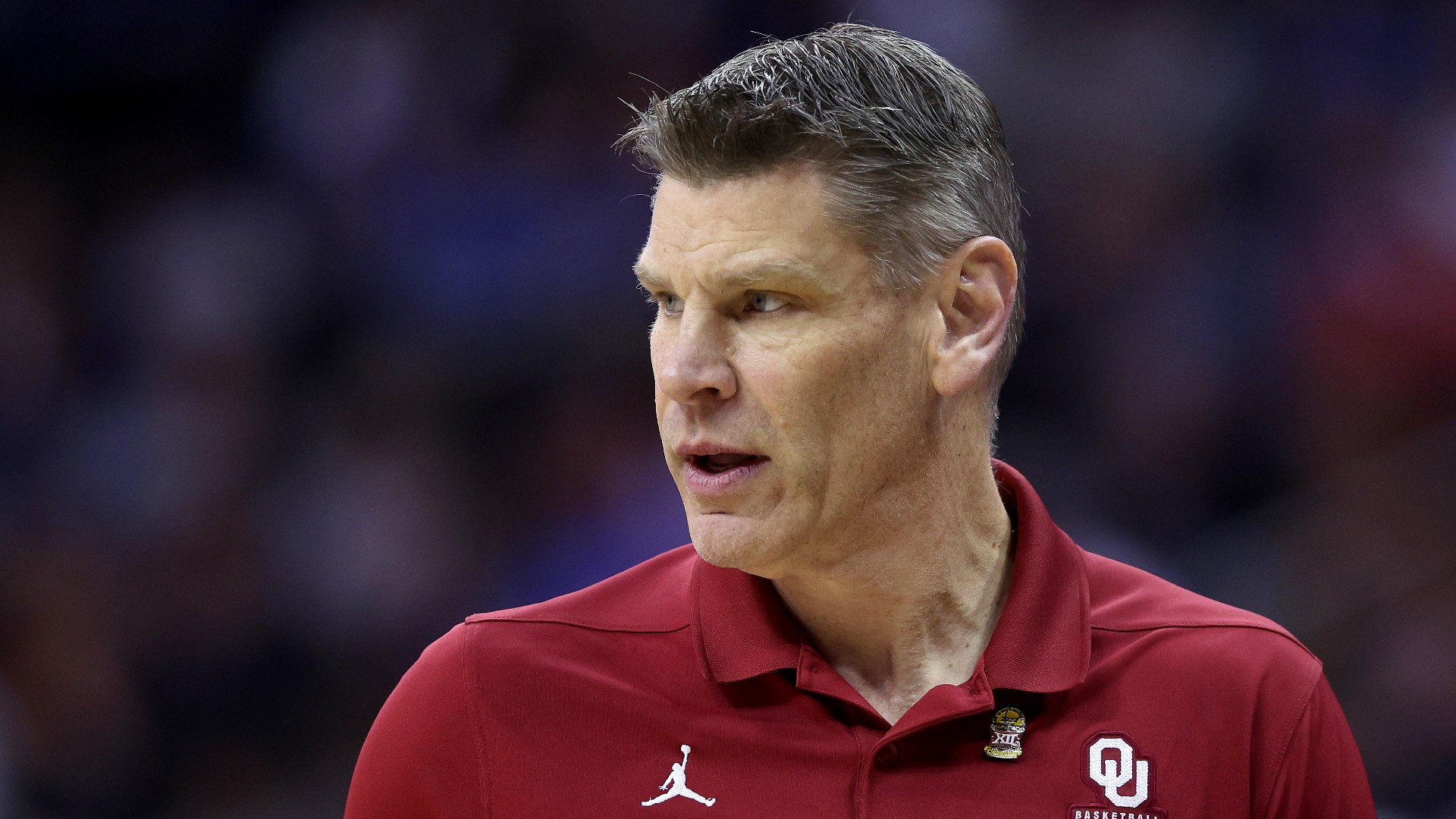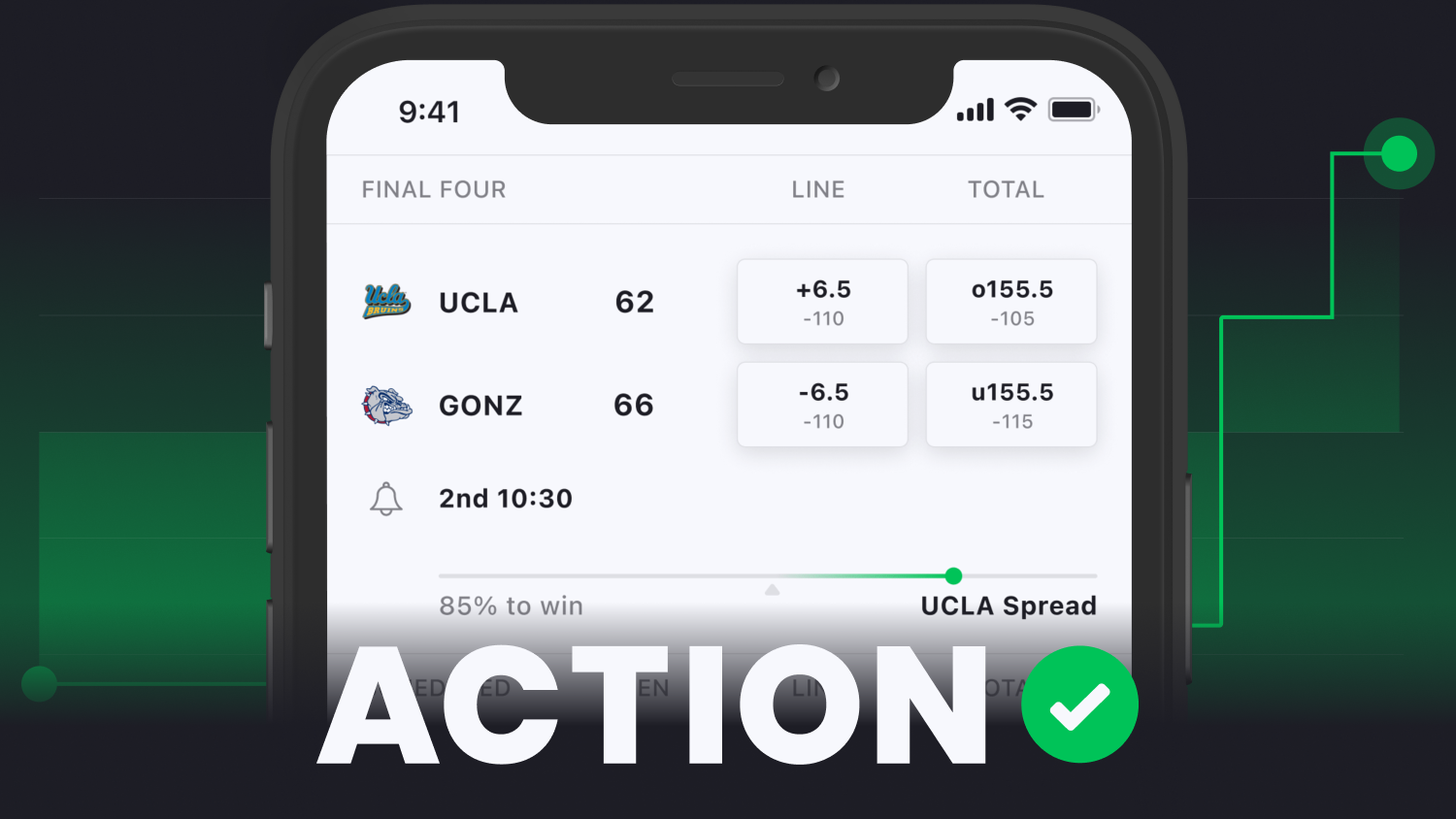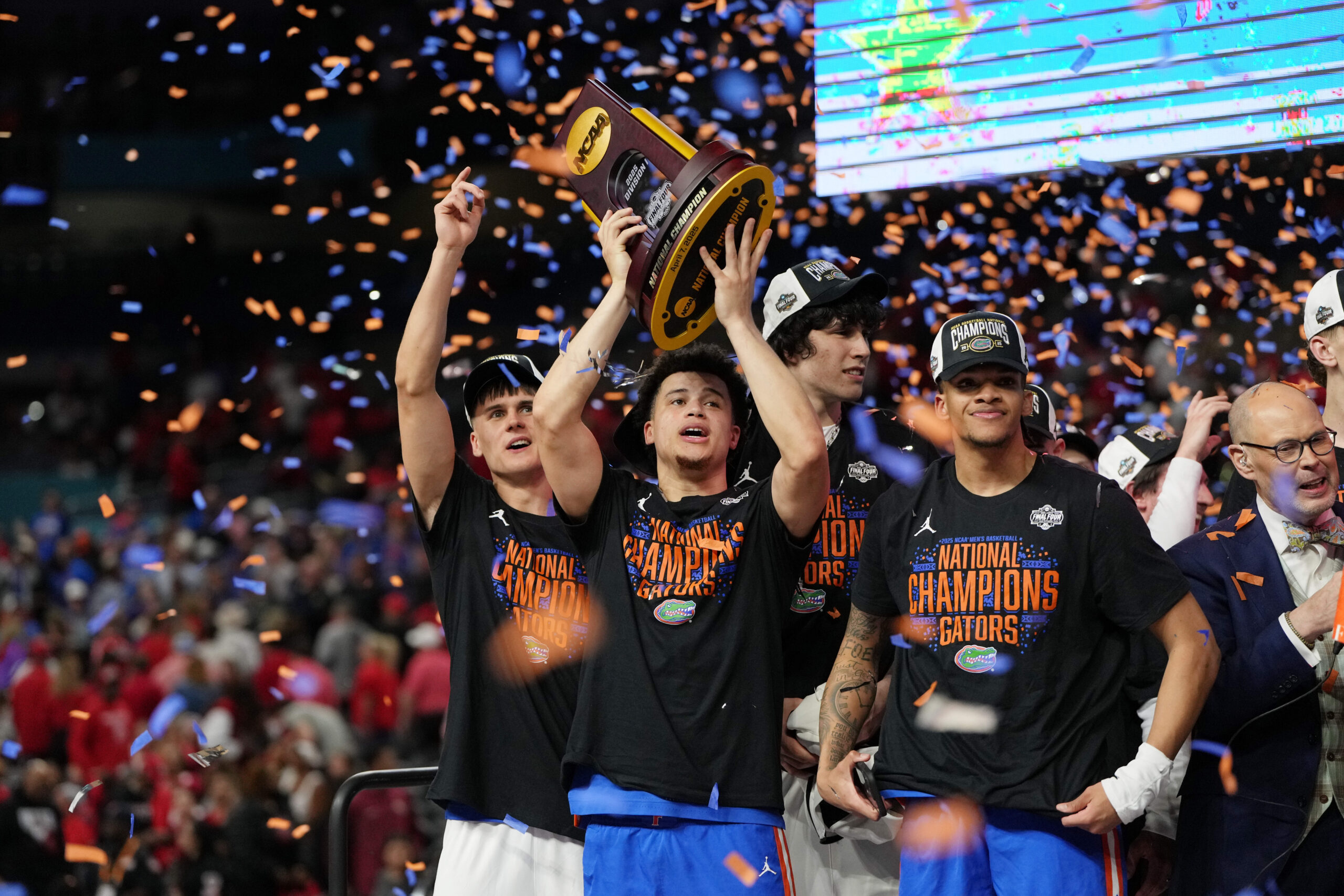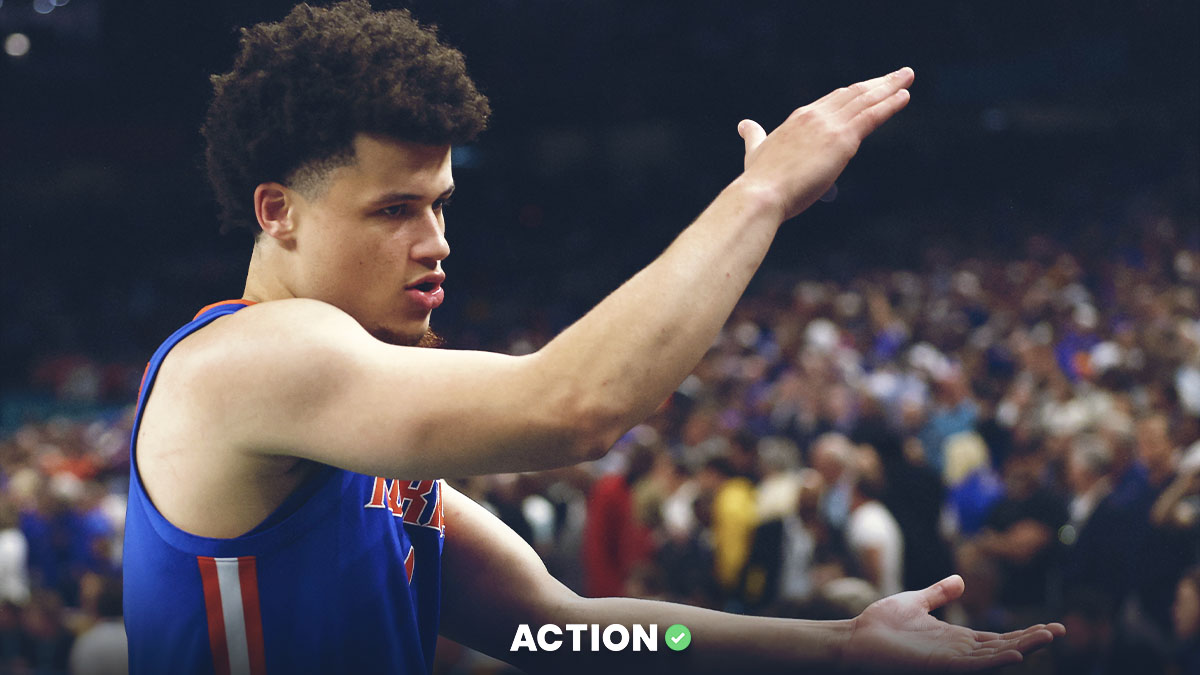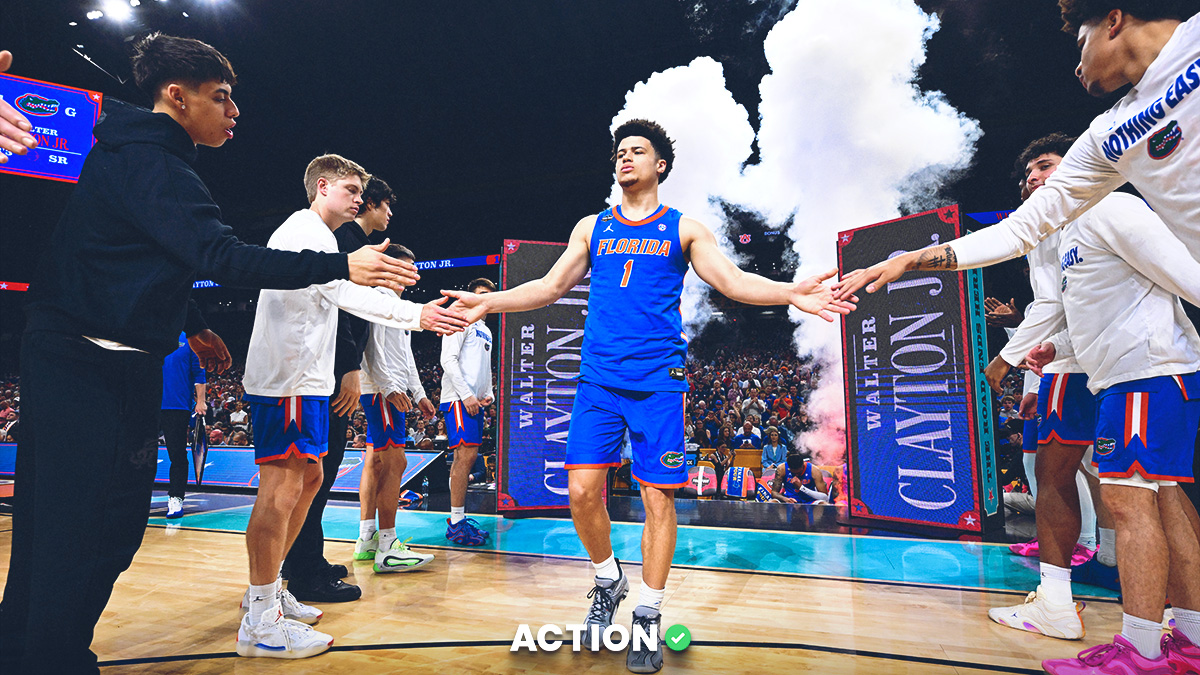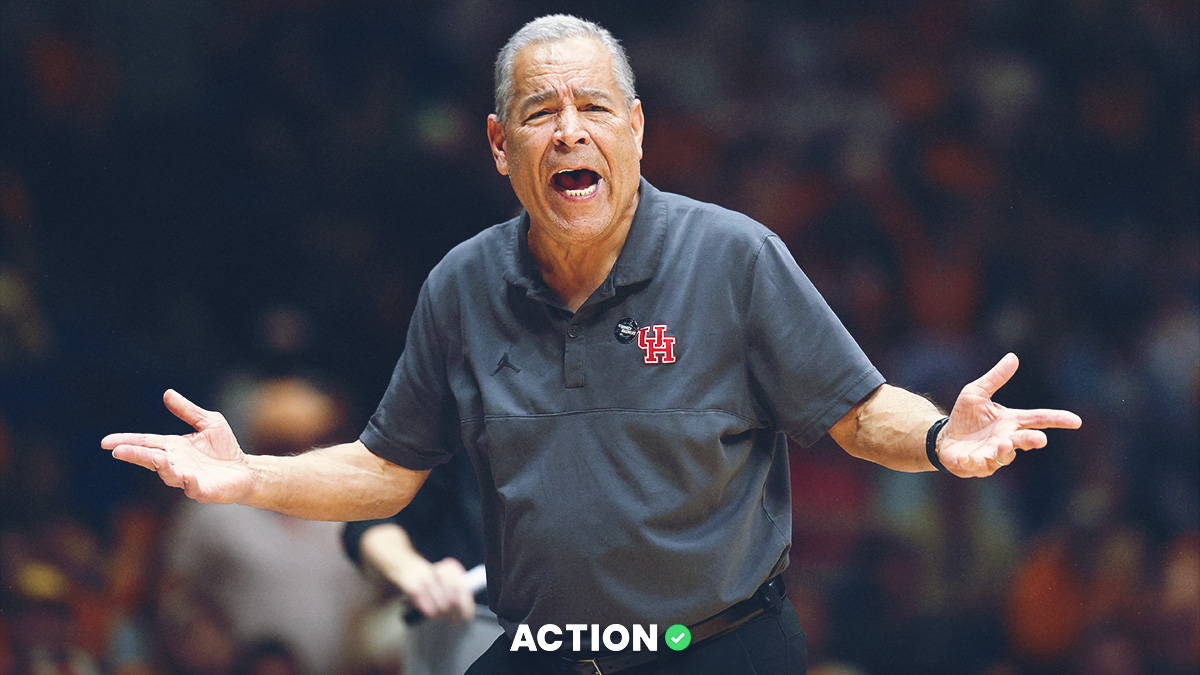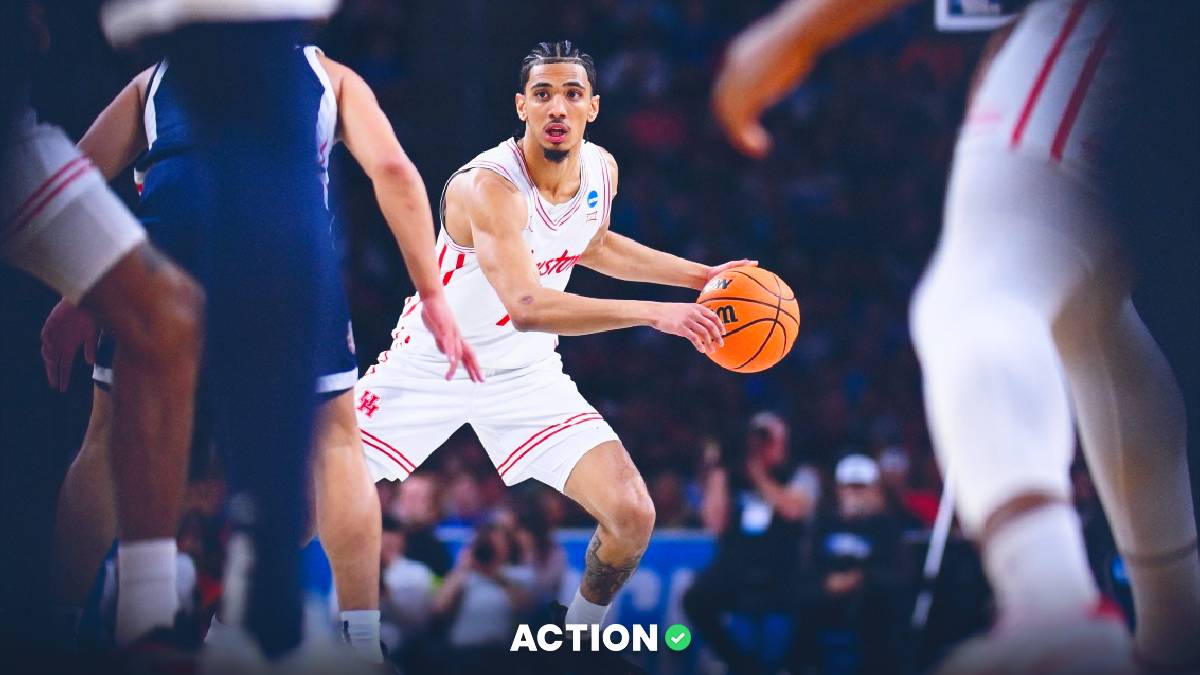The field of 68 is set. There’s no going back now. We have arrived at the most important event of the year.
However, that doesn’t mean we can’t continue to argue about at-large resumes. The committee gets the final say, but it doesn’t mean they’re always right.
I looked at the final field and found some teams that should’ve made the cut, but ultimately didn’t.
Here are the top tournament snubs from this year’s bracket.
Hey, there’s always next year!
SMU Mustangs
| Overall Record | 23-8 |
| League Record | 13-4 |
| NET Ranking | 42 |
| KenPom Ranking | 54 |
SMU was on the bubble for basically the entire season. Kendric Davis did his best to get his team in the field, but his 28.1% assist rate and 60.1% true-shooting weren’t quite enough.
SMU had the 113th-toughest SOS and the 285th-toughest non-conference SOS. Losses to Missouri and Loyola Marymount were bad, and then a seven-point loss to Memphis in the conference tournament likely ended the Mustangs’ season.
SMU is a really good basketball team led by a stud point guard. It’s hard to see how some other programs got in above the Mustangs.
Wake Forest Demon Deacons
| Overall Record | 23-9 |
| League Record | 13-7 |
| NET Ranking | 48 |
| KenPom Ranking | 37 |
Alondes Williams had an amazing season, averaging 19.2 points per game while being one of the highest-usage players in the ACC.
However, Wake wasn’t consistent enough to put together a compelling resume — 1-4 in Quad 1 opportunities is bad, and two Quad 3 losses likely ended Wake’s hopes.
The Deacons ended their season with a loss to Boston College in the ACC Tournament.
Wake was a dominant offensive squad that was inside the bubble for most of the season. It’s hard to see how a late-season loss to Boston College decided the Deacon’s fate.
Oklahoma Sooners
| Overall Record | 28-15 |
| League Record | 7-11 |
| NET Ranking | 40 |
| KenPom Ranking | 30 |
At 30th in KenPom, the Sooners were the highest-rated analytic team to miss the tournament.
In Porter Moser's first season, the Sooners couldn’t cut it in the Big 12. Oklahoma finished 7-11 in conference play, although it won three straight games to end the season and upset Baylor in the first round of the conference tournament.
Tanner Groves had a great year after transferring from Eastern Washington, but the team couldn’t come together around him.
Oklahoma’s 4-12 Quad 1 record probably was the biggest factor in leaving the Sooners out of the field of 68.
However, the Sooners finished 40th in the NET rankings with the 18th-hardest SOS. A win over Baylor in their biggest game of the season should’ve gotten the Sooners in, but the committee disagreed.
Xavier Musketeers
| Overall Record | 18-13 |
| League Record | 8-11 |
| NET Ranking | 41 |
| KenPom Ranking | 60 |
The Musketeers had one of the greatest second-half of the season collapses in recent memory. After starting the campaign 14-3 with multiple Quad 1 victories, Xavier lost eight of its final 10 games, including getting upset by Butler in the first round of the Big East Tournament.
Xavier dealt with injuries this season, but Travis Steele must be disappointed with his team's effort down the stretch.
However, Xavier ended up finishing 41st in the NET and had five Quad 1 victories, all with the 11th-hardest SOS. Even with the epic collapse, I thought that would be enough to get the Musketeers into the field.
BYU Cougars
| Overall Record | 22-10 |
| League Record | 9-6 |
| NET Ranking | 54 |
| KenPom Ranking | 51 |
After two straight seasons earning an at-large bid, Mark Pope’s squad was left out of the tournament this season.
BYU had four Quad 1 wins and finished 13-1 in Quad 3/Quad 4 opportunities, all with the 65th-hardest SOS. Alex Barcello carried this team through long WCC stretches, and the Cougars proved themselves as a legit college hoops squad.
However, a 12-point loss to San Francisco in the WCC Tournament likely sealed BYU’s fate. The Dons went on to qualify for an at-large bid, while the Cougars were left on the outside looking in.


